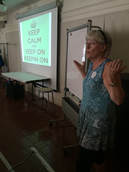
Many kindergarten students come to school with incomplete mastery of letters and letter sounds, making it initially impossible for them to narrate events using words and sentences. However, from the very first day, kindergarten students can think up stories based on their experiences. In fact, they come to our classrooms full of ideas, eager and happy to share them through various means with whomever will listen.
It may seem logical to wait until all of your kindergartners have mastered at least a majority of letters and letter sounds before explicitly teaching writing with your young students. However, as teachers we are charged with differentiating our instruction for all students, and there will be some kiddos in your classroom who know all of their letters, letter sounds, and some sight words when they walk through your door in September. Our teaching needs to support all levels of learning in our classrooms.
One way to begin explicitly teaching the writing process with young kindergarten students is to encourage them to compose using pictures until they acquire enough letter knowledge to begin encoding text. A scope and sequence of mini-lessons that includes thinking of an idea, showing action on the page, creating characters, including dialogue, and having a beginning, middle, and end can all be taught using pictures as the vehicle for composition. As you use the language of the writing process, regardless of the fact that the kindergarten writers are drawing their stories instead of using text, you are creating mental pathways of understanding that will transfer to traditional writing as the students progress.
And each student's progression along a writing continuum must be our constant guide.
But, keep in mind, as we introduce kindergarten writers to the wide and wonderful world of storytelling, our goal is to move them to mastery using words and sentences to tell stories as required by our state standards. (Our ultimate goal, in my humble opinion, is to nurture their love of storytelling, celebrate their unique voices, and embolden them to believe they have important stories to tell!) So, I want to address three practices that will help move all of our students toward that goal.
1. Encourage lots and lots of oral storytelling from day one. Embed opportunities for students to tell their stories multiple times before they put their pencils to paper. The more often a writer has to consider the parts of his story as he tells it aloud to a listener, the more likely he will be able to capture it on paper, either through drawing or using words. When teachers worry that their kindergarten writers are failing because they aren't able to reread what they've recorded on paper, I suggest that there isn't a story at all if the writer can't remember it. This is not a failure of the writer; this is an as yet unfulfilled story. Writers at this level need stronger support with storytelling in order to orally compose a story that is held firmly enough in their memories to be remembered and reread on paper, even if recorded in scribbles!
2. Remember that you are teaching toward mastery of composition with words and sentences. While we will, of course, encourage students to use pictures to compose (as needed) or support the story with details, the goal is not to teach drawing to the exclusion of text. When teachers explicitly teach student writers how to draw specific objects (people, houses, animals, trees, etc.) and expect them to be able to recreate the drawing on their own, the focus of learning shifts from story composition to drawing ability. I was in a classroom where two of the four students I conferenced with were more concerned with not being able to draw the animal as instructed by the teacher than with thinking of the information they wanted to include and how to compose it on the paper.
3. Conference, conference, conference! Here, as Lucy Calkins emphasizes, is the heart of our teaching. Every time we sit down with students and listen to their stories, whether we can follow along with the words on the paper or must depend on the writers' oral retelling, we have the opportunity to deepen students' understanding - wherever it sits on the developmental continuum. If you have a student whose drawing is indecipherable, with no letter support, your instruction will center around asking questions like, "What is happening in your picture?"; "Who is in your story?"; "What happened first, next, last?" By asking these questions in individual conferences as often as you can manage, you will be forging those thinking pathways that will fill up with letters and words when the students' word knowledge catches up with their love of storytelling.
Remember the goal. We are growing writers. And when those young writers find the letters that match the sounds and put them on the paper, celebrate the word like it is worth a thousand pictures!
Have a great writing week!
#allkidscanwrite
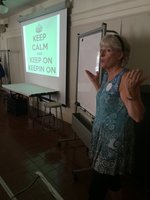
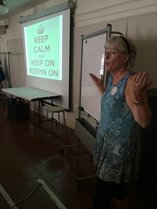
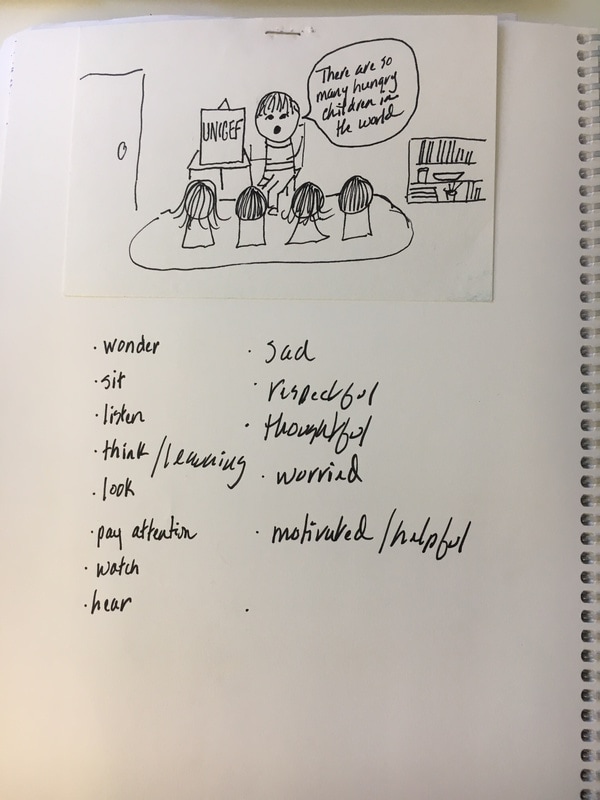
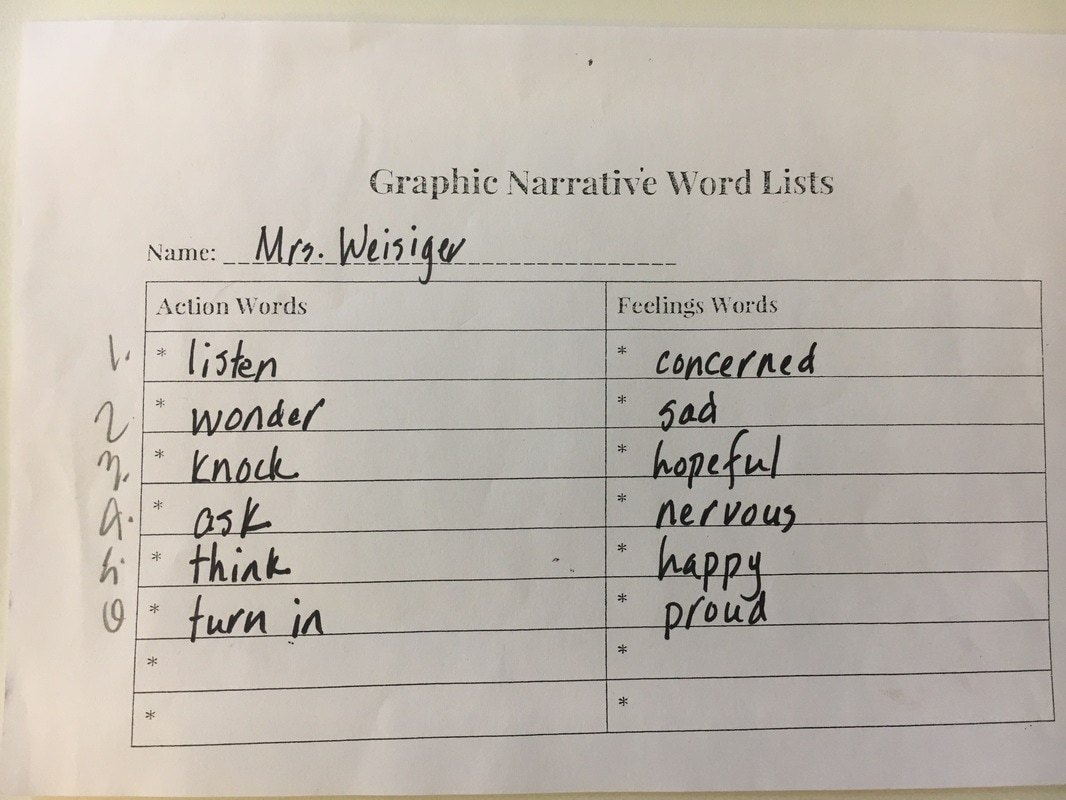
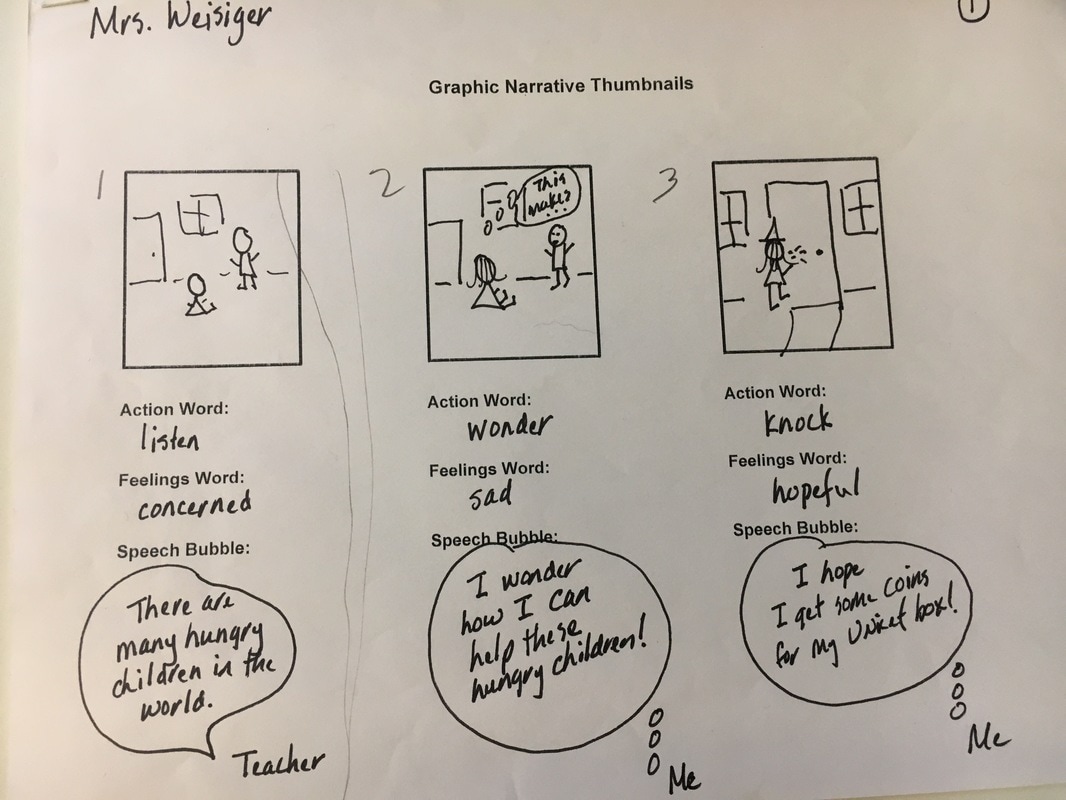
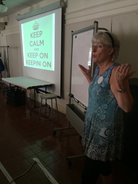
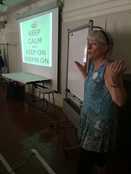
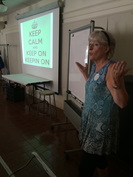
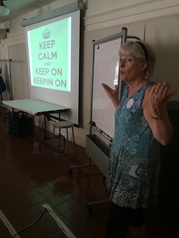
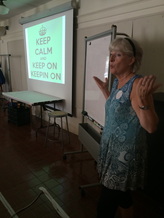
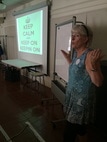
 RSS Feed
RSS Feed
